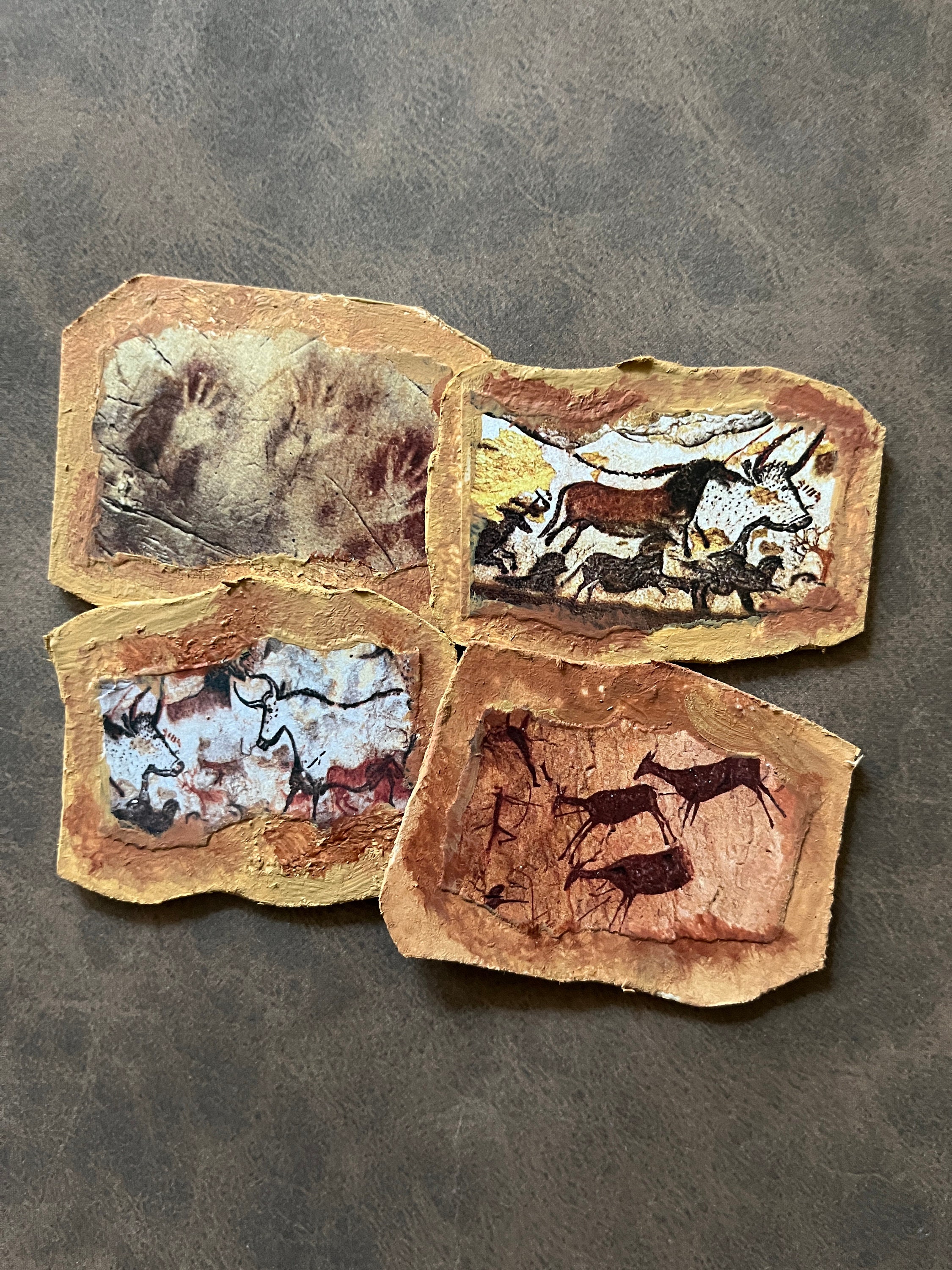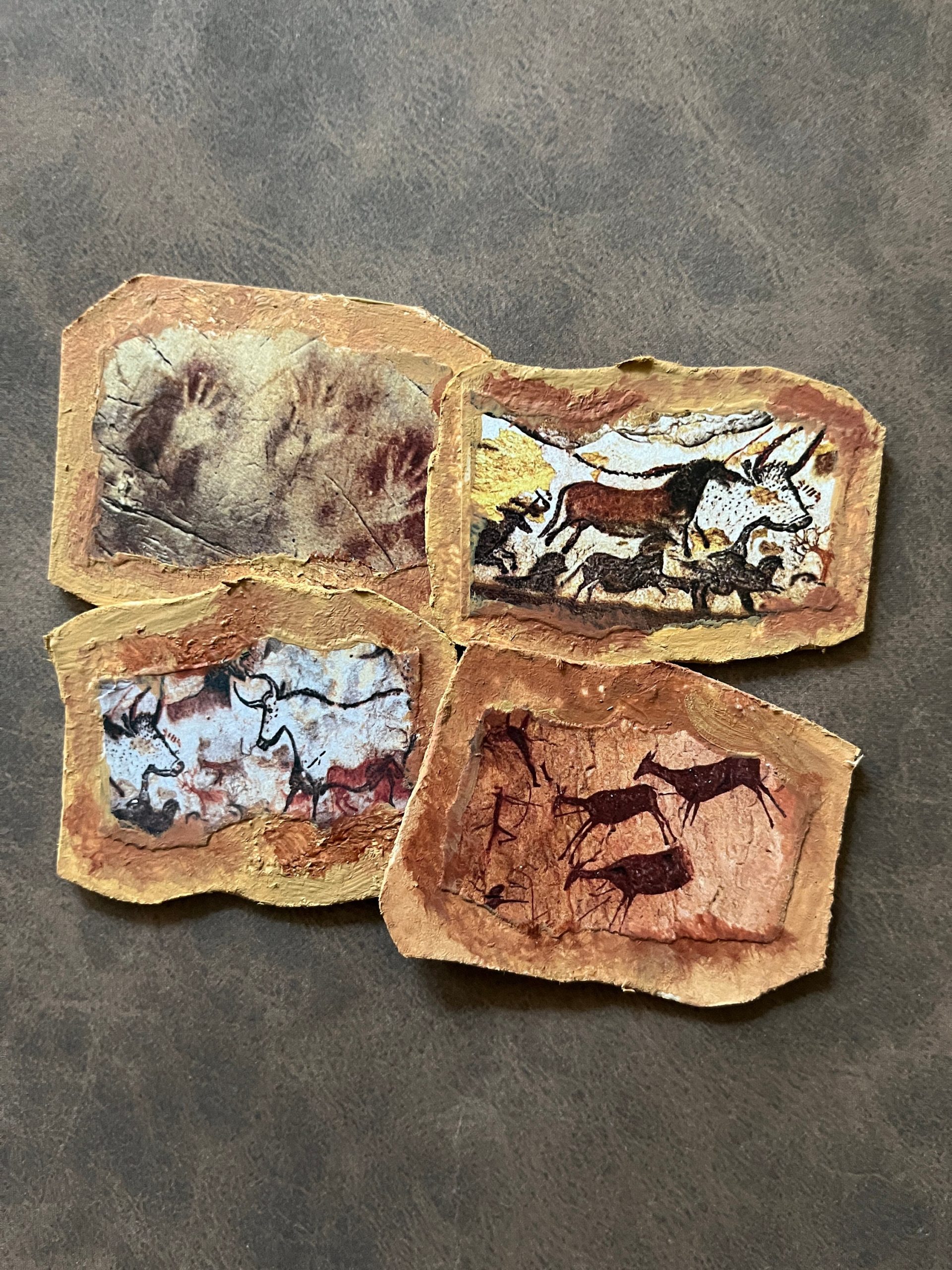
### Reverberations of History: The Fusion of Sound and Vision in Finnish Prehistoric Art Locations
Envision yourself at the edge of an ancient Finnish lake, 5,000 years in the past. As you vocalize, your sound traverses the water and bounces off the towering cliffs overhead. This is no ordinary echo—it’s sharp, transparent, and eerily exact, as if the cliffs are responding. These cliffs are not typical; they are embellished with enigmatic depictions of elks, human figures, and abstract motifs, etched over the ages into cultural heritage. Groundbreaking findings indicate that these places were not merely selected for their visual allure. Instead, these ancient locales were intentionally chosen for their remarkable acoustic features, intertwining sound and artistry to foster rich sensory experiences.
Recent revelations, featured in *Sound Studies*, unveil a striking new aspect of prehistoric rock artwork. Rather than static exhibits, these painted cliffs operated as vibrant environments where sound, vision, and spirituality merged. Finnish researchers have demonstrated that the echoes produced at these sites were so unique that they probably influenced the selection of locations for ceremonial and artistic activities.
—
### The Sonic Enchantment of Pristine Rock Art
The investigation team, headed by archaeologist Riitta Rainio, examined prehistoric rock art from 5000 to 1500 BCE. Their discoveries were astonishing—the smooth cliff surfaces, often refined by ancient glaciers, naturally enhanced sound through distinctive echoes. These authentic echoes generate what acousticians refer to as “single-repeat echoes,” wherein the original sound is returned with remarkable clarity. Rainio notes that with the application of psychoacoustic criteria, it is evident that ancient peoples would have perceived and engaged with these echoes.
This phenomenon wasn’t by chance. A comparison with nearby unadorned rock surfaces and ancient habitation sites highlighted their considerable acoustic limitations. While the painted cliffs resonated with what resembles a dialogue between humanity and nature, these other areas produced feeble or nonexistent echoes. The cliffs, rising steeply from pristine lakes, served as natural amphitheaters custom-designed for auditory enchantment.
—
### The Methodology Behind the Research
Exploring sound in ancient locales presents distinct obstacles, particularly when examining echoes that date back centuries. Rainio and her group devised specialized recording instruments to continually assess sound reflections. These trials took place under challenging circumstances, often from the ice of the lake in winter or from floating platforms. The outcome? A comprehensive evaluation of the cliffs’ responses to sound and an unprecedented insight into the role of acoustics in ancient existence.
Ethnomusicologist Julia Shpinitskaya, part of the research team, underscores that these sound phenomena were not mere passive occurrences. “Sound reflections played a pivotal role in the events, rendering the cliffs dynamic and interactive agents,” she states. The echoes transcended mere auditory phenomena—they formed part of a broader sensory conversation, intertwined with the visual majesty of the ancient art.
—
### Sensory Realms: The Convergence of Art and Sound in Rituals
The results imply that the human interaction with these ancient locales likely extended well beyond sheer appreciation of the art itself. Imagine navigating towards the cliffs by canoe, the water conveying your voice to the painted figures, only to have it seemingly returned by those very images. The cliffs may have been perceived as spiritual beings, active participants in sacred rituals where sound and sight intertwined. Rainio speculates that these painted cliffs could have symbolized sites of power—places where humans engaged with a responsive environment that felt almost sentient.
Significantly, this revelation provides insight into cultural traditions that merged visual art with sound. Rituals and ceremonies at these sites likely employed sound to connect with the painted figures and surroundings, fostering an immersive spiritual journey. Unlike contemporary art spaces designated for quiet reflection, these ancient sites promoted a multisensory experience, enriched with echoes of voices that appeared to emanate from the cliffs themselves.
—
### Implications for Contemporary Archaeology
The work undertaken by Rainio and Shpinitskaya accentuates an invigorating interdisciplinary field known as archaeoacoustics—the examination of sound within ancient environments. By investigating not only visual elements but also how prehistoric individuals might have *perceived* their auditory landscape, researchers can create a more comprehensive understanding of their lived experiences and belief systems. These insights challenge the modern perspective of these cliffs as static, silent landmarks, reshaping them as vibrant, interactive spaces integral to communal and spiritual life.
The echoes of Finland’s prehistoric painted cliffs narrate tales from an era when art and sound were intrinsically linked, when humans interacted with their surroundings not merely as onlookers, but as active participants in a sensory drama that connected the natural with the supernatural.
—
### Vocabulary
– **Psychoacoustics**: The exploration of how humans experience sound and its emotional and psychological impacts.
– **Impulse Response**: A technique for measuring how sound interacts within a space, capturing echoes, reverberations, and reflections.
– **Archaeoacoustics**: An interdisciplinary domain investigating how ancient communities utilized and experienced sound.
